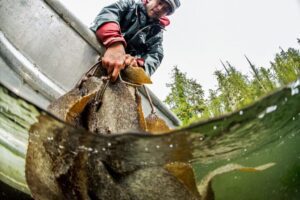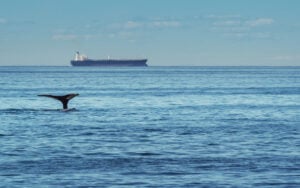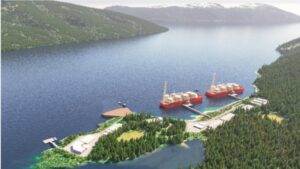
The summer heat wave in British Columbia is not just a concern for land-dwellers; its impacts are being felt in the marine ecosystem, particularly among seabirds. As reported by The Skeena, scientists are increasingly alarmed by the number of seabird deaths linked to the current marine heatwave, which has raised ocean temperatures significantly. This heatwave, a direct consequence of climate change, is affecting a vast area of the ocean, stretching from Oregon to Alaska.
The temperatures of the summer heat wave directly impact seabirds as it leaves them unable to effectively regulate body temperature. At the same time, the warming waters caused by this summer heat wave have drastically reduced the food chain for marine animals. Plankton and other tiny organisms need colder water to survive — and when they die off, seabirds and other marine animals that rely on their role in the food chain suffer.

Like “canaries in the coal mine,” sick seabirds are often the first indicators of a struggling ecosystem, say scientists. Their deaths are a warning of how warming temperatures associated with heat waves affect the environment as a whole. This means that this summer’s bird die-off signals broader environmental distress.
A landmark study involving scientists from Birds Canada and the University of Washington highlights the severity of the situation. Examining 90,000 seabird deaths along the Pacific coast, they discovered five massive die-off events between 2014 and 2019, a frequency much higher than in previous decades. The warming ocean is responsible for these die-offs, leading to starvation and disease among seabirds. This trend is expected to have cascading effects on other marine species and the overall health of the marine ecosystem.

Combatting summer heat waves and rising ocean temperatures is not an easy task. However, there are things that we can do now to help. One way to defend marine species from heat waves and rising ocean temperatures is establishing marine protected areas (MPAs). MPAs defend essential marine habitats, such as glass sponge reefs, estuaries, seagrass meadows, salt marshes, and kelp forests, from threats such as industrial waste, industrial overfishing, poachers, shipping traffic, and trawlers.
But how do MPAs help safeguard marine species from summer heat waves that increase ocean temperatures? They help because these marine habitats act as buffers from rising temperatures. By defending these habitats from the numerous threats they face, MPAs make sure these habitats remain pristine and able to perform their vital functions, including temperature regulation. This, of course, helps keep our coast’s ecosystem healthy and fisheries sustainable, which is essential for the economic health and prosperity of coastal communities.
Moreover, by safeguarding seagrass meadows, salt marshes, and kelp forests, MPAs contribute to managing global temperatures and reducing the severity of summer heat waves. This happens through blue carbon sequestration, which involves these ecosystems capturing and storing atmospheric CO2 in their organic material. Therefore, these marine ecosystems are critical players in reducing the negative impact of summer heat waves.
Read this informative article by The Skeena to learn why so many seabirds on BC’s Coast are dying.




